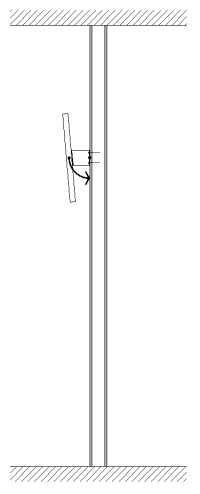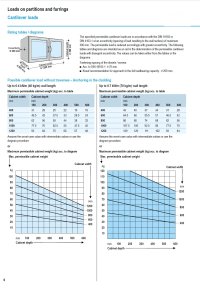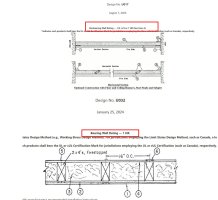Still trying to figure out how TVs or furniture hanging on fire partitions affect their fire listing :-(
Looking at UL263 reference in the UL site, the article "Loading of Test Specimens" refers:
UL 263 requires the load applied to test samples to be based upon the limiting conditions of design as determined by nationally recognized structural design criteria.
If I am reading this correctly, the UL263 tests of a 1 hr wall assembly have been carried out with the vertical loads allowed to that assembly in normal (non-fire) conditions.
Am I right or am I missing something?
If the answer is yes, this may be the best justification for my projects.
Looking at UL263 reference in the UL site, the article "Loading of Test Specimens" refers:
UL 263 requires the load applied to test samples to be based upon the limiting conditions of design as determined by nationally recognized structural design criteria.
If I am reading this correctly, the UL263 tests of a 1 hr wall assembly have been carried out with the vertical loads allowed to that assembly in normal (non-fire) conditions.
Am I right or am I missing something?
If the answer is yes, this may be the best justification for my projects.



